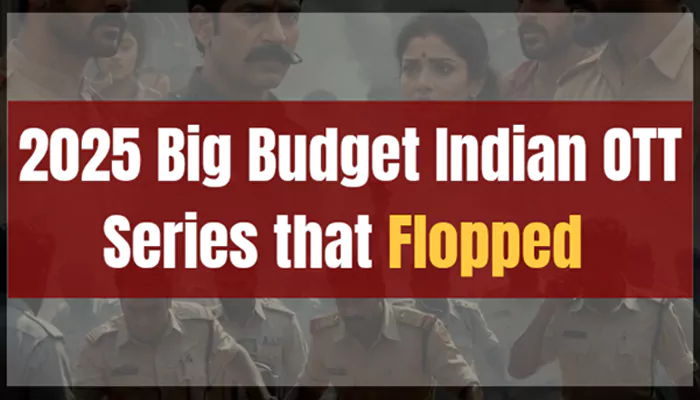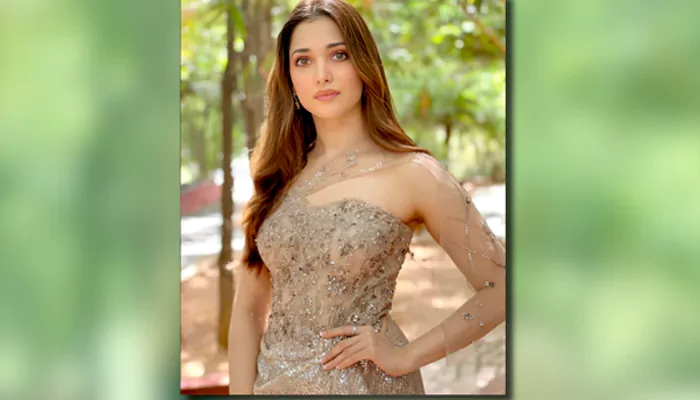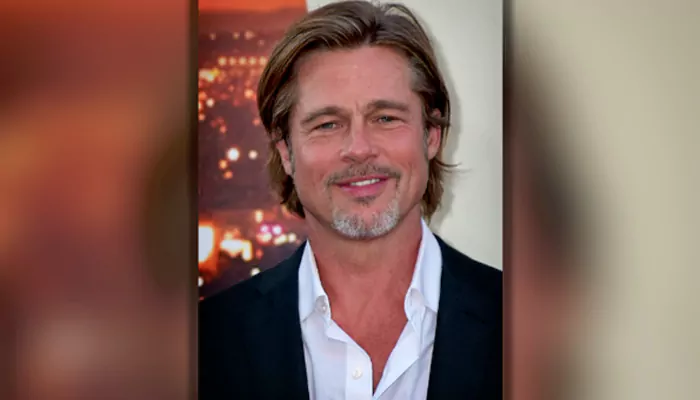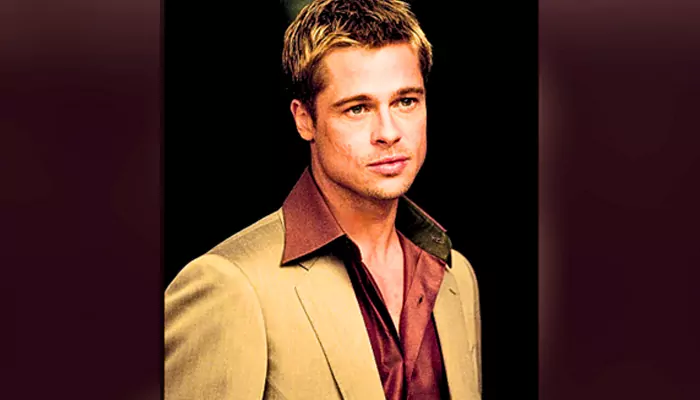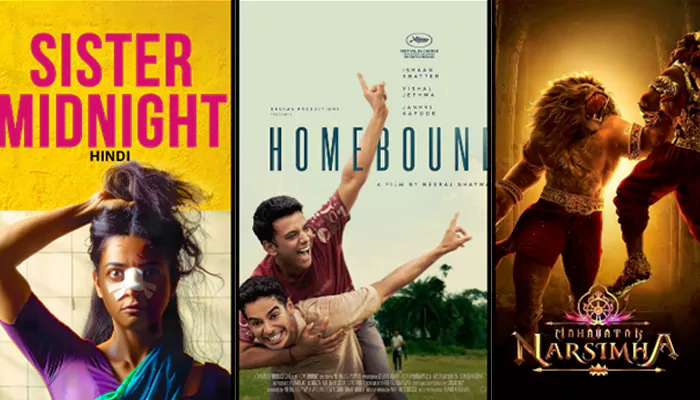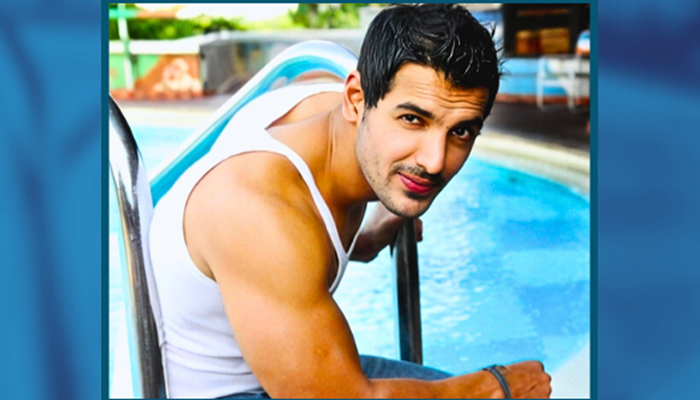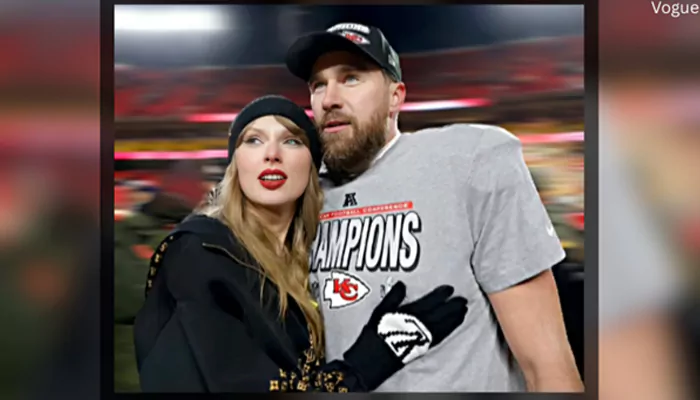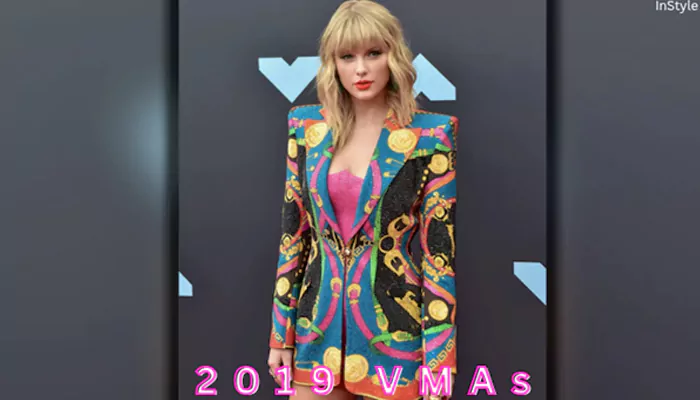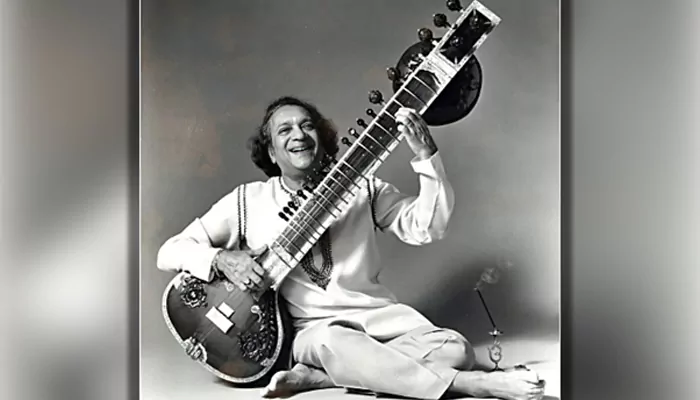Alfred Hitchcock's Birth Anniversary: Did You Know The Maestro's Obsession With Cameos Began Accidentally?
- Sayan Paul
- 1 year ago
- 4 minutes read

The late filmmaker made nearly 40 cameo appearances in his own films. But do you know the story behind that tradition?
"... Hitchcock did more than any director to shape modern cinema, which would be utterly different without him." - David Gritten (Film Critic & Author)
Flawed protagonists, voyeurism, and mistaken identity - these are some recurring themes in all Alfred Hitchcock films. And he introduced a new cinematic language - now referred to as the "Hitchcockian Style" - that's all his own, and remains his signature today. However, beyond these, there's one more common aspect in his films that fans can never get enough of. It's his legendary cameo appearances!

It all started with his 1927 film, 'The Lodger: A Story of the London Fog', where he appeared at the newsroom desk, with his back to the camera. It hit the bull's eye effortlessly, and he soon became absolutely obsessed with the idea. He went on to repeat it in films like 'Blackmail', 'The Man Who Knew Too Much', 'Rebecca', 'Shadow of a Doubt', 'Notorious', 'Strangers on a Train', 'Dial M for Murder', 'Rear Window', 'Psycho', and 'North by Northwest' among others. In most cases, it was devoid of any purpose - featuring him as a passerby or a passenger. However, it was like his personal stamp, stating that he was a part of the narrative as well.

The world celebrates Alfred Hitchcock's 125th birth anniversary today. On this occasion, we share an interesting fact about his obsession with cameos that many do not know.
Alfred Hitchcock's Obsession With Cameos Began Accidentally
Yes, you read it absolutely right! What became Hitchcock's famous trademark had actually started through a mere accident.
His first cameo, as already mentioned, took place in the 1927 silent film, 'The Lodger'. He can be seen five minutes into the film, operating a telephone in a newspaper office, with his back to the camera. However, quite interestingly, this role was intended for an unknown actor who never arrived on the sets. Hence, the filmmaker decided to do the part himself.
On Alfred Hitchcock’s birthday today, see the 37 cameo appearances he made in his films https://t.co/TqhE0lIzQt pic.twitter.com/1lczhiPTsA
— Open Culture (@openculture) August 13, 2016
(Credit: Open Culture)
The rest, as they say, is history. In one of his later interviews, Hitchcock shared, "... the first cameo in 'The Lodger' was strictly utilitarian; we had to fill the screen. Later on, it became a superstition and eventually a gag. But by now it's a rather troublesome gag, and I'm very careful to show up in the first five minutes so as to let the people look at the rest of the movie with no further distraction."
One of my favorite cameos by the Master of Suspense, Alfred Hitchcock, in ‘Strangers on a Train' (1951). Discussed on my new podcast with @Sim_ONeill: https://t.co/vex1FJyAjB pic.twitter.com/JKkzeY45d1
— James Hancock (@colebrax) July 27, 2020
(Credit: James Hancock)
"... Since then, I have been trying to get into every one of my pictures. It isn't that I like the business, but it has an impelling fascination that I can't resist. When I do, the cast, grips, and the camera men and everyone else gather to make it as difficult as possible for me. But I can't stop now!"
Some Interesting Facts To Know
Although Hitchcock's first cameo came up through an accident, he had always wanted to come in front of the camera.
In several of his interviews, the filmmaker labeled 'The Lodger' as the "First True Hitchcock Film".
His cameos became more frequent in the 1940s after he arrived in Hollywood.
Films like 'Suspicion', 'Rope', and 'Under Capricorn' feature Hitchcock's double appearance.
A similar incident happened with director Martin Scorsese who was forced to appear in 'Taxi Driver as the actor for a brief role never arrived on set.
Credit: Morgan T. Rhys)
It was Alfred Hitchcock who popularized the idea of directors making cameos in their own films. Now, it's a common tradition among filmmakers like Martin Scorsese, Quentin Tarantino, and M. Night Shyamalan.


